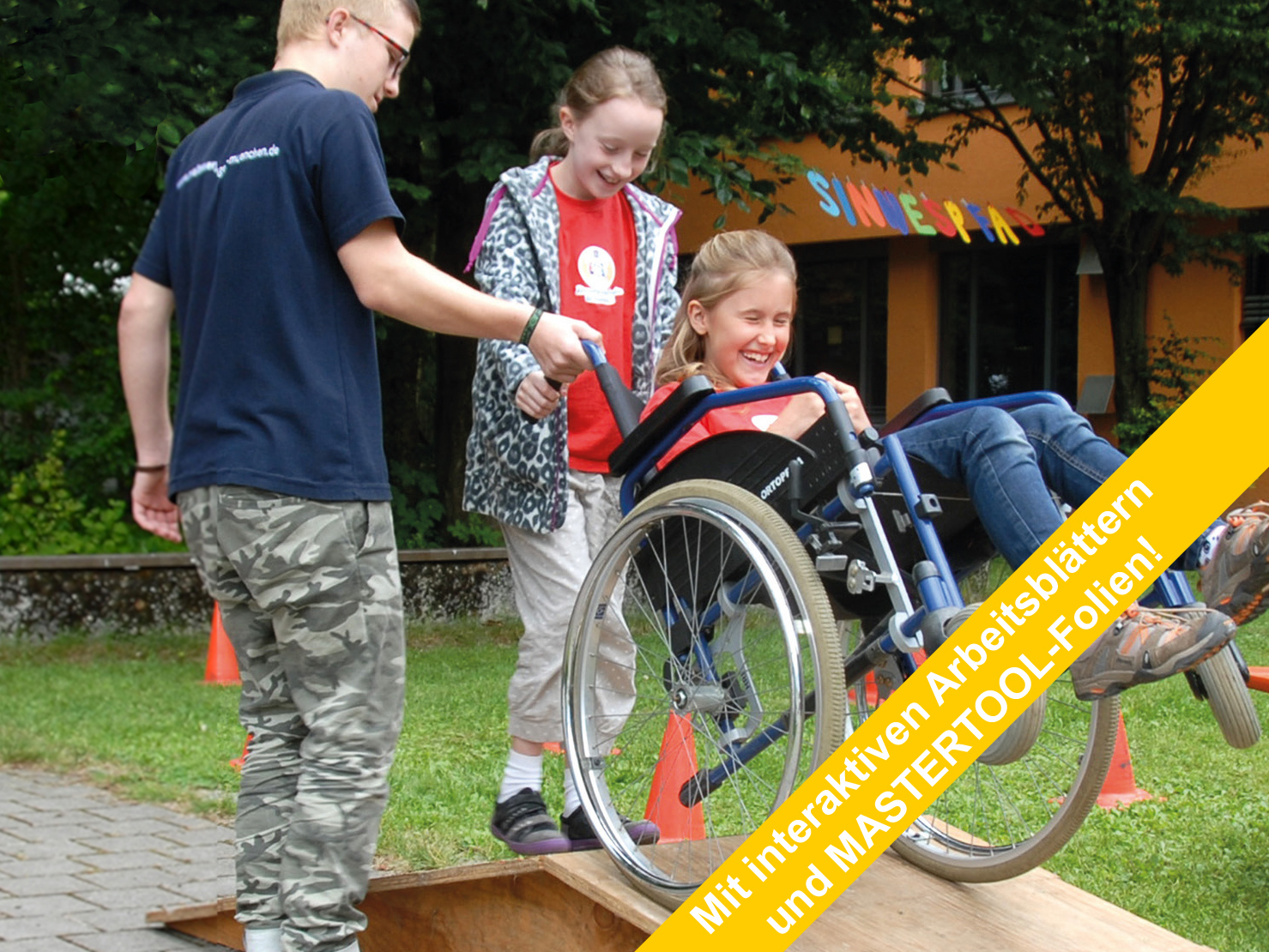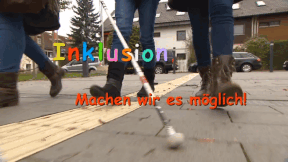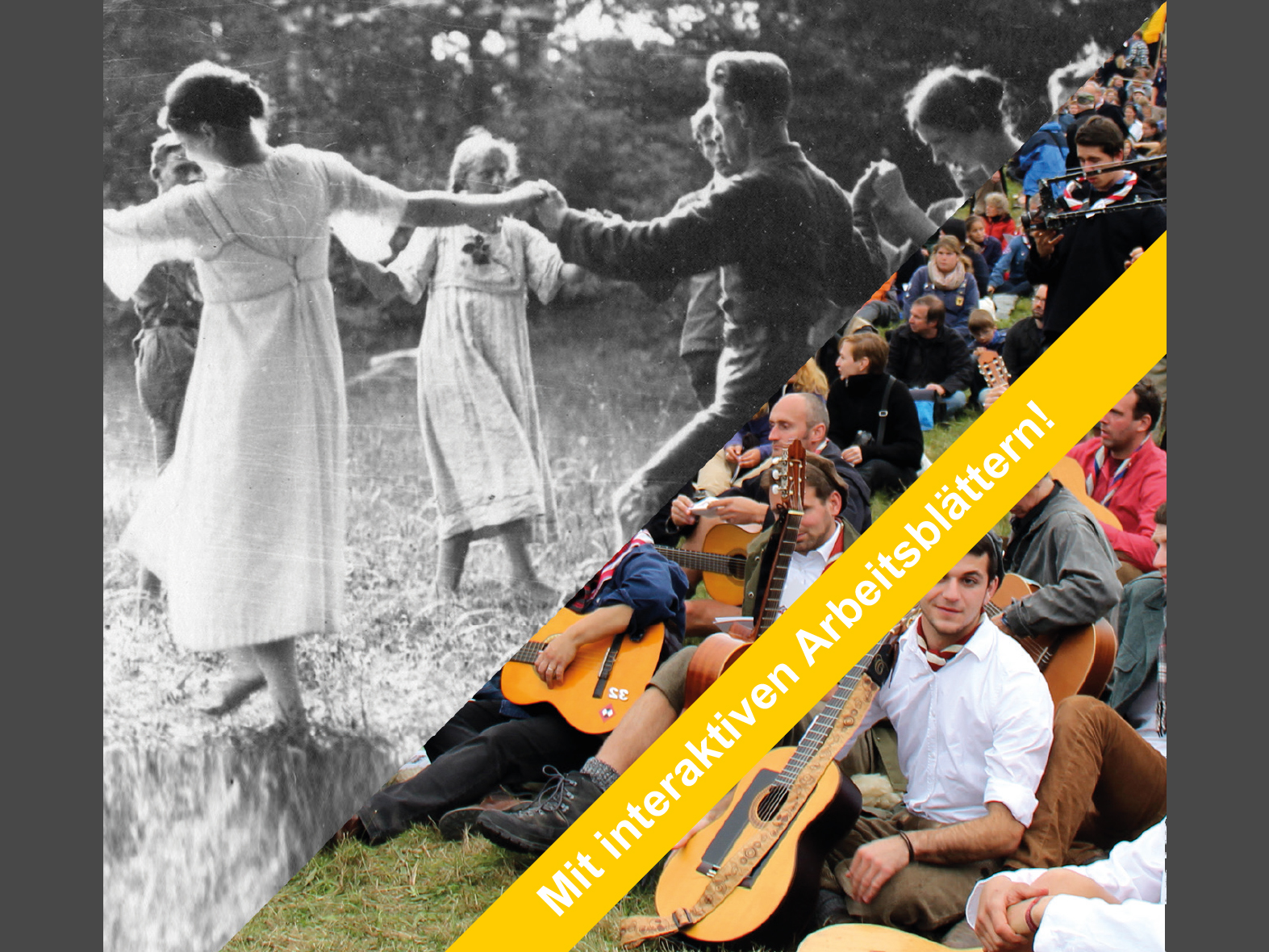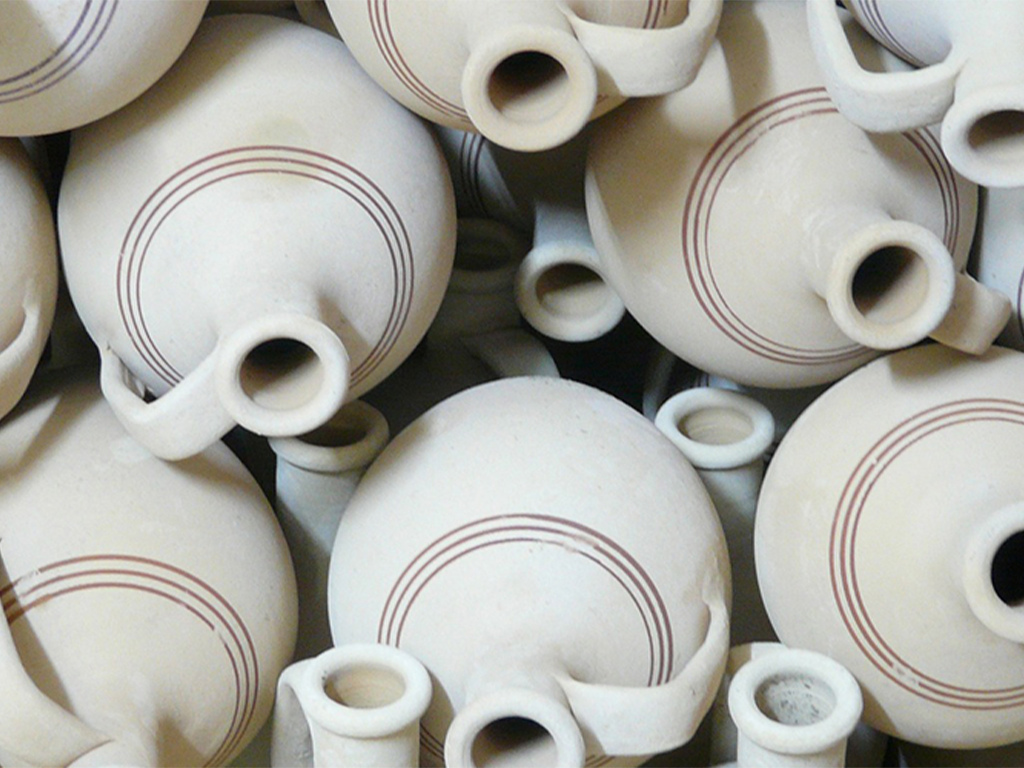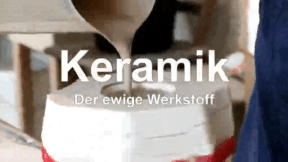 Geography
Geography
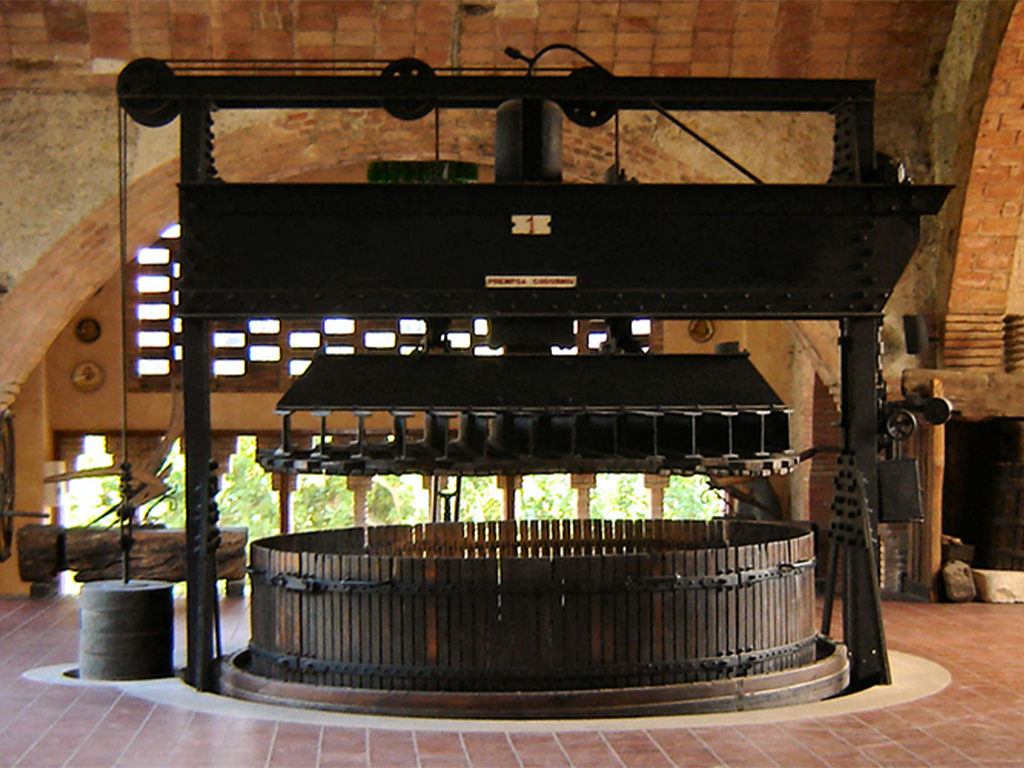
4657333 / 5551524
Wine-Growing
From Grape to Wine
The film starts with a short, simple overview of the importance of viticulture in Germany and Austria and the most famous wine regions in both countries. Then it goes on to discuss the most important conditions (soil, solar radiation) and forms of cultivation (terraces and vineyards on the plains) as well as the most widely spread types of grapes in Germany and Austria. In the main part of the film, pupils of a primary school accompany a wine-grower throughout the working year, watching him at work in the vineyard: form of the vine, work in winter (pruning, fruitbearing vines, substitute vines) turning cut-off vines into chaff, additional jobs (hammering in sticks, tightening wires, fastening fruit-bearing vines), removal of the earth from the grafting spots, pest control, cultivation of green manure crops, removal of surplus shoots, blossoming, weed removal, fighting nematodes (threadworms) biologically by cultivating daikon radish and, finally, harvesting. Apart from the manual harvest – where young and old people join in – also the use of harvesters is described.
Play trailer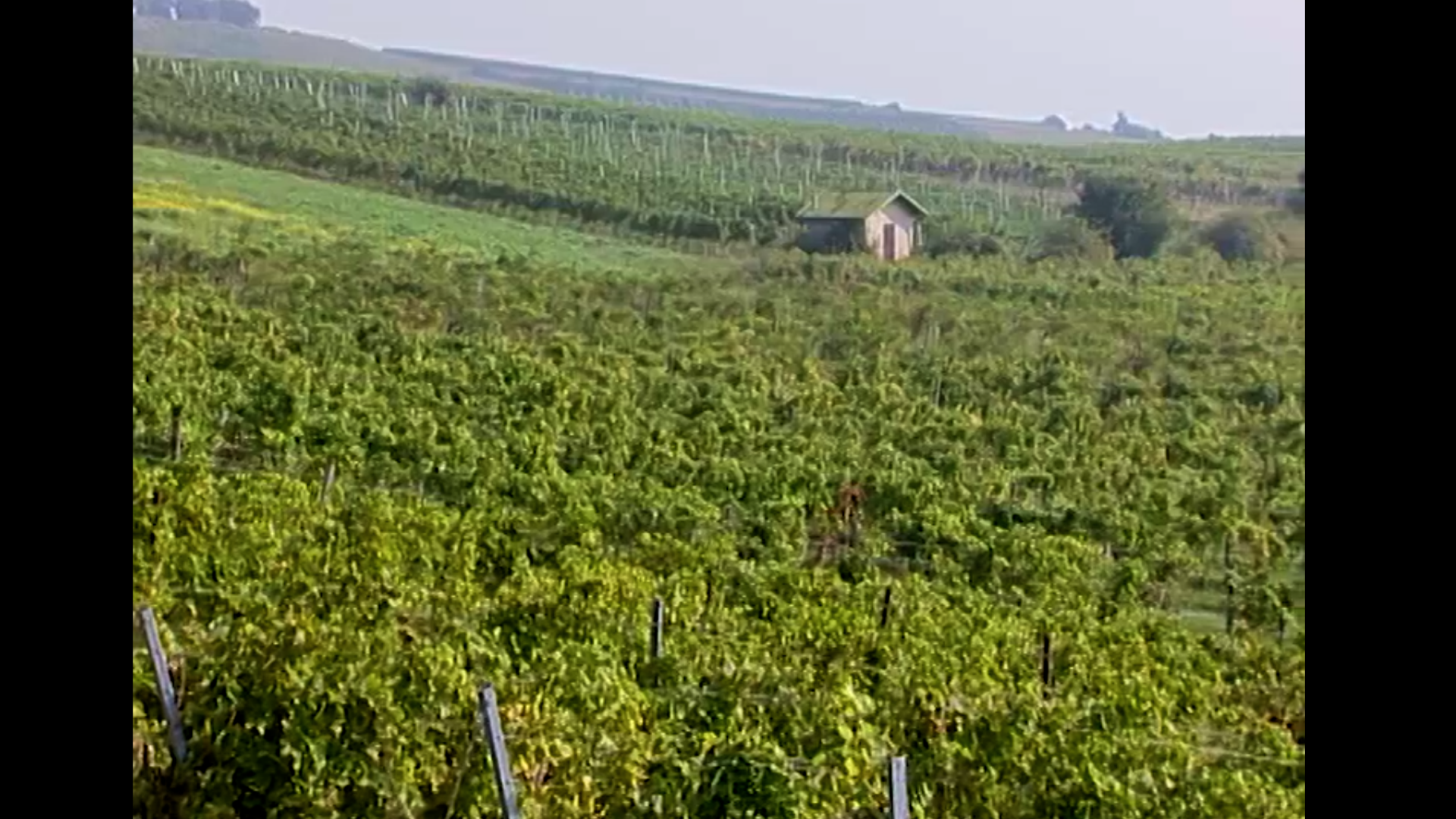
Curriculum-centred and oriented towards educational standards
Matching
Inclusion
Madita is eleven and blind. She does not want to go to a special school but to a regular grammar school. She says she feels "normal" there. Jonathan is eight and has a walking disability. He likes going to the school where he lives. Here, his best friend sits next to him. Max Dimpflmeier, a teacher who is severely deaf, explains that school life is not easy. Quote Max Dimpflmeier: "You don't want to attract attention, you want to avoid saying that it is necessary for you that 70 people adjust to your situation." People on their way to inclusion.
Youth Movement
Dancing until your feet hurt: Here, at the meeting on the Hoher Meissner near Kassel, 3,500 participants from Boy Scout associations, youth and Wandervogel groups from all over the German-speaking region have gathered. They want to celebrate, simply get to know each other and commemorate a historic anniversary.
Ceramic
Ceramics are indispensable in our everyday lives. We eat from ceramic plates, drink from ceramic cups, use tiled ceramic bathrooms. But how is ceramic manufactured? The film reveals the secrets of this fascinating material! We get to know more about the beginnings of ceramic in the Old World of Egypt and Mesopotamia, about Greece, China and Rome. We gain interesting insights into the valuable earthenware and are also shown the exquisite further development of the "white gold". Today this versatile material is irreplaceable in industry, too. Whether in space or as an easily compatible substitute in medicine, ceramic is applied in many places.




